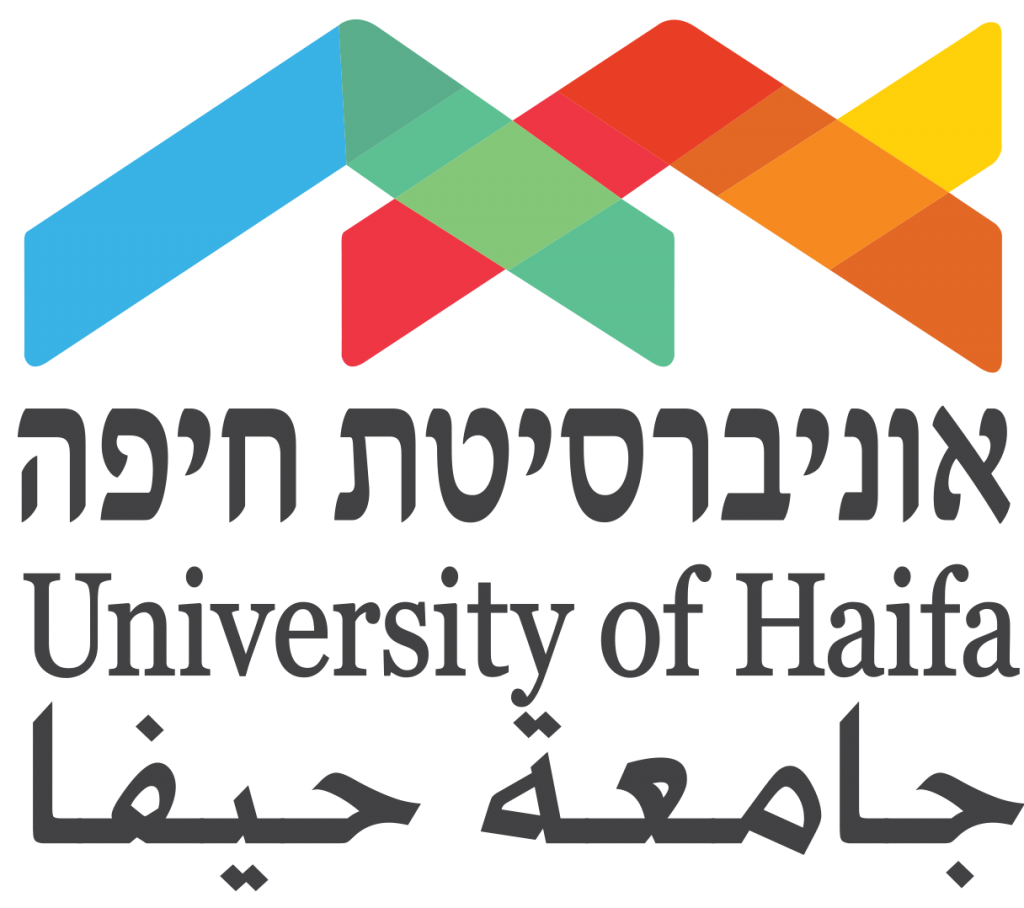Welcome to our new website
Welcome to our new website
The vision of the center

The Interdisciplinary Center for Study of Poverty and Social Exclusion leads the research on poverty and social exclusion in Israel through the use of diverse theoretic perspectives and research methods Adopting an intersectional approach, research at the center focus on population groups characterized by multiple disadvantages The center aims to facilitate collaboration between various stakeholders, including researchers, policy makers, business representatives and community representatives. The center prioritizes comparative interdisciplinary research that brings experts from a broad array of disciplines, including anthropology, economics, education, gerontology, history, law, public administration, public health, social work, and sociology Team members are experienced in collaborating with international partners within and outside Europe This is evident in our excellent track record in recruiting grant funding Center affiliates have received funding from the following sources, among others the European Commission, NSF, the Israeli Science Foundation, the German Israeli Foundation and The US Israel Binational Science Foundation.

CPSE takes a leading part in promoting the UN’s sustainable development goals (SDG’s), as a crucial mission of the University of Haifa. The center focuses on research aimed at reducing poverty risks, as a central issue that connects all other goals. Compared to other advanced economies, Israel is characterized by exceptionally high poverty rates. Every fifth person and very third child lives in poverty. Poverty rates among working families are also high, with every eighth household with a working adult experiencing poverty. Furthermore, a quarter of the children in Israel suffer from food insecurity, which threatens their physical and emotional well-being. Additional SDG’s that directly relates to the Center’s aims are promoting health, education, gender equality, decent work and reducing inequality.
Articles

Explaining the Factors Shaping the Likelihood of Poverty Among Working Families by Using a Concurrent Mixed Method Design
Asaf Levanon, Einat Lavee & Roni Strier
University of Haifa, Israel
Working poverty is becoming an increasingly common phenomenon. Prior quantitative research has painted a representative but narrow picture of the contours of in-work poverty, while ethnographic case studies have provided a nuanced account of the mechanisms shaping the experiences of workers in specifc low-wage labor markets. However, none of these studies provides an account that, at the same time, covers the main theories explaining working poverty, is based on a representative population sample, and is attuned to the proximate interactional dynamics shaping poverty risks. The current study employs a concurrent mixed-methods design combining information from repeated cross-sectional nationally representative surveys with in-depth interviews,and argues that this design is ideal for explaining the factors shaping the likelihood of in-work poverty.
https://link.springer.com/article/10.1007/s11205-021-02689-5

